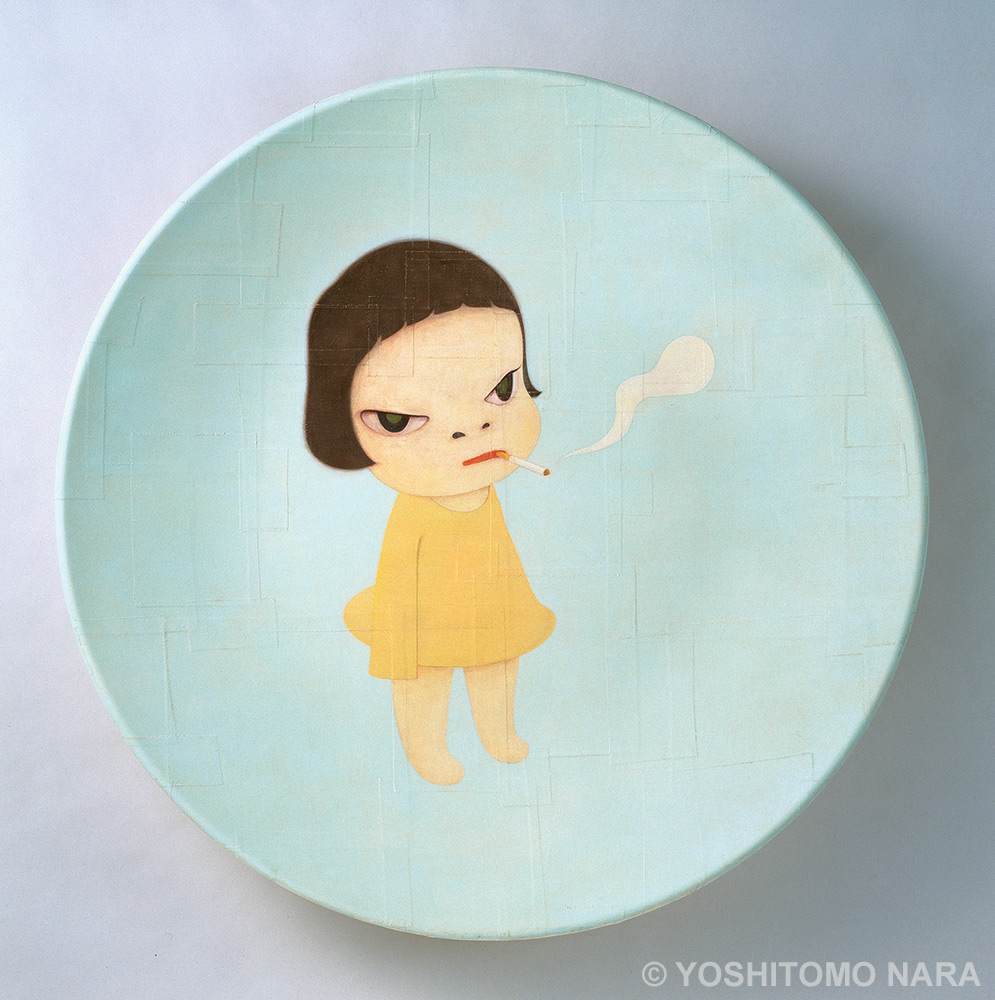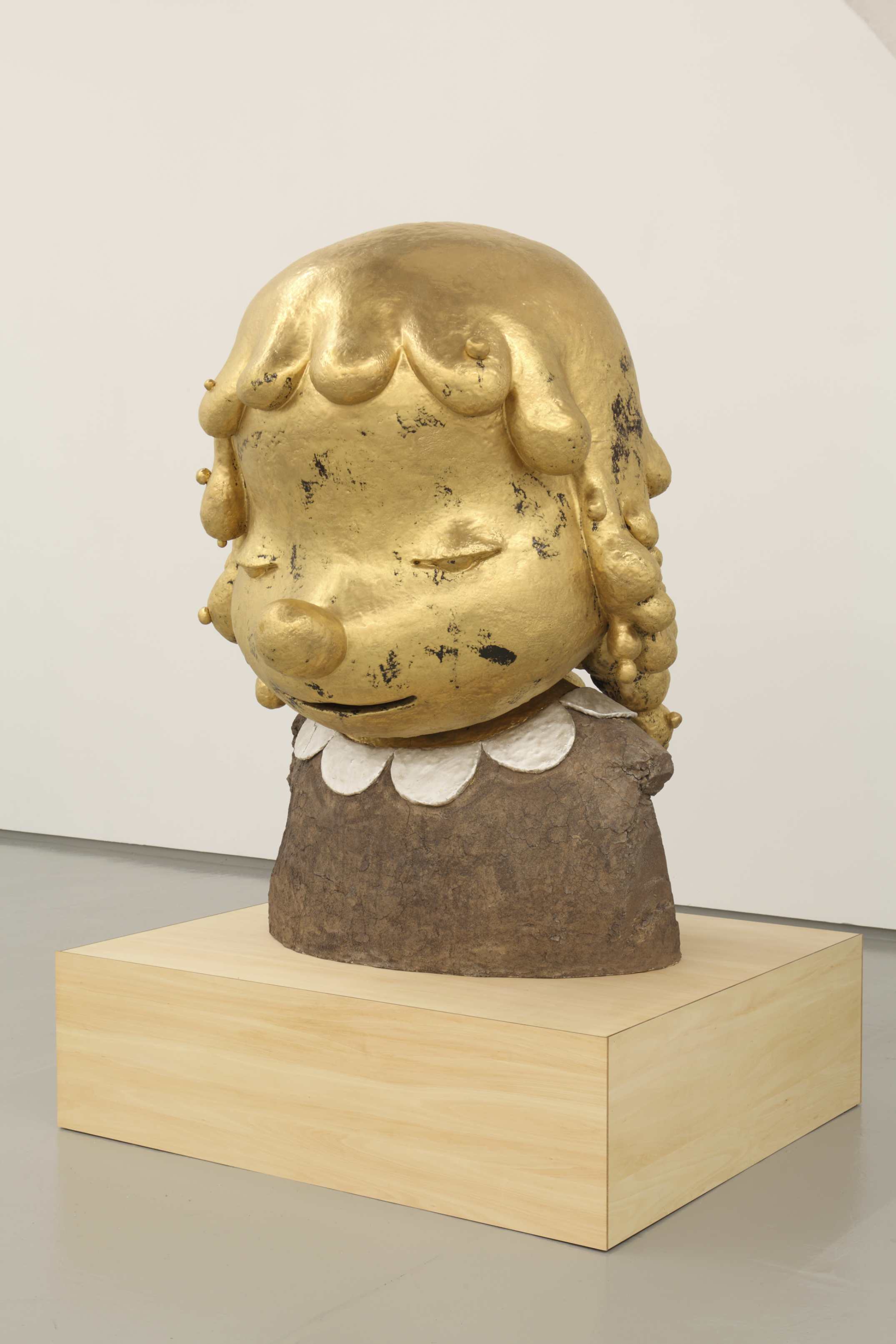Everything I Need Is Here
“There’s something that makes me think that location doesn’t matter. I really enjoy seeing people living fully and happily out in the regional areas. People who are proud of where they live, or return because they have a place to come home to—seeing them gives me some hints about what is really good in life.”
Yoshitomo Nara
Nara moved to Cologne in 1994. His work was being exhibited in solo exhibitions and was included in numerous group shows across Europe. In 1995, Nara had his first exhibition in the United States. Through the sale of his work, he was able to earn a living and devote himself fully to his artistic production, but, in 2000, after living in Germany for twelve years, and with his studio in Cologne due to be demolished, Nara considered his time abroad to have come to an end and he decided to return to Japan.
Nara had left the security of his home country at the age of twenty-nine, seeking an alternative life and something “authentic.” Back in Tokyo, he reflected on his past experiences and what he had learned during his time away, and he applied these to the further development of his artistic language. Nara continued his use of fiber-reinforced plastic (FRP), which he had been working with since the mid-1990s, combining painting and sculpture, and he drew on traditional European art and techniques. His circular Dish paintings recall the shape of Renaissance tondos, the painted roundels or shallow reliefs which, with their simplified backgrounds, focus the viewer’s attention on the central characters. The indeterminate settings of these compositions appealed to Nara as they released his figures from any known place or time.
Nara’s immediate focus turned to what would become his largest exhibition to date, which opened at Yokohama Art Museum in August 2001. It was his first solo exhibition in a Japanese museum and the show toured to five other venues across Japan, including the Yoshii Brick Brew House in his hometown of Hirosaki. Nara rapidly became one of the most prominent and widely-known artists in the country and he was able to reacquaint himself with traditions and communities in Japan.
On March 11, 2011, Japan suffered the combined disasters of the Great East Japan earthquake, its resultant tsunami, and the nuclear accident at the Fukushima Daiichi power plant, referred to in Japan as 3.11. Deeply connected to the northeastern part of Japan, where he had grown up, Nara’s artistic output slowed in the immediate aftermath of the tragedy as he faced the enormity of the loss and the pain endured by those affected and adjusted to the extent of the destruction. Nara knew he had to reconsider his role as an artist and he redirected his focus toward the Tohoku region which was worst-hit by the earthquake. Nara went to Fukushima and conducted a workshop at an evacuation center where he set up a spontaneous photo studio, creating new memories for those who had lost everything.


